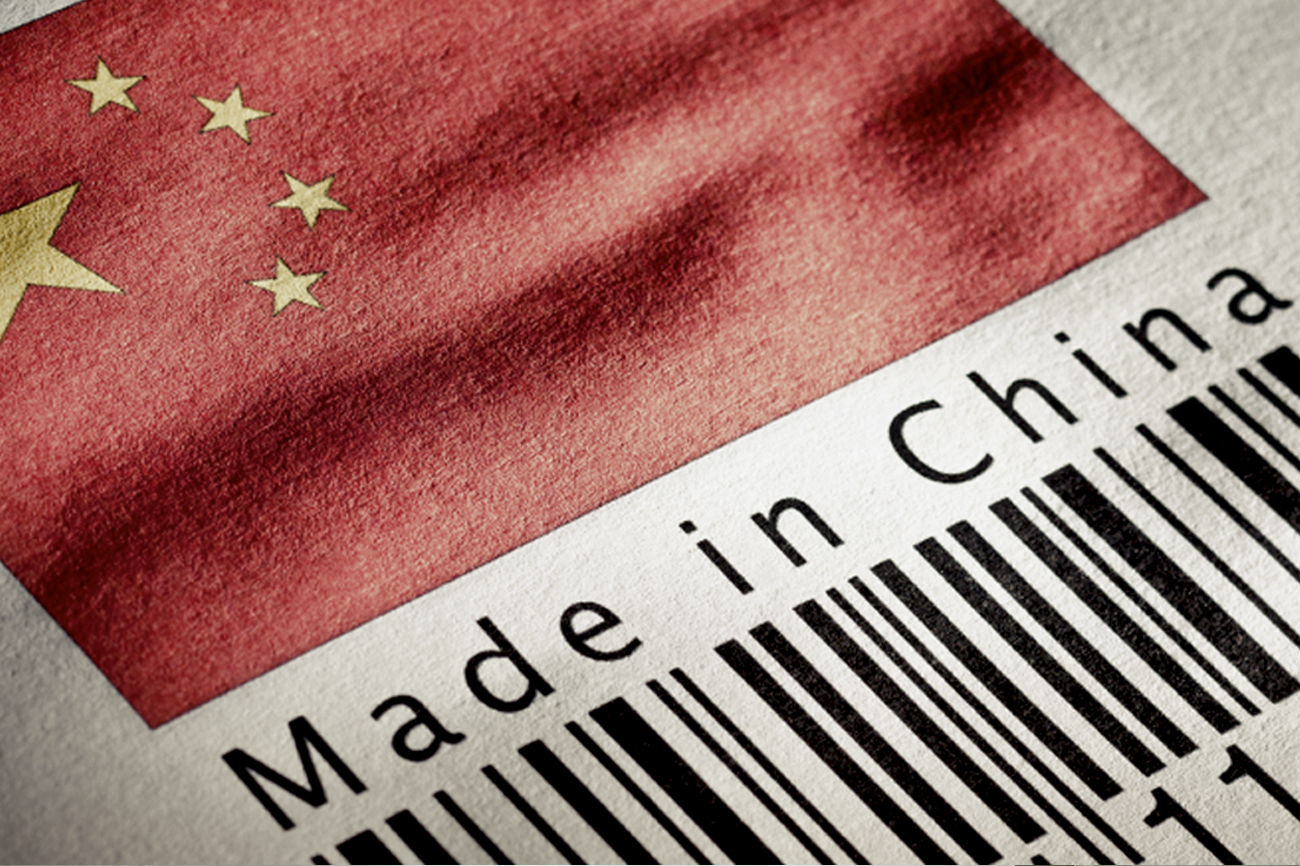Chinese Government Attempts to Rebrand “Made in China” Products
The manufacturing industry is going through some extreme changes as new developments in technology and automation make their mark. This is a global phenomena, and innovation and creative collaboration is at the root of it all. Not only are American and western manufacturers investing in new technology to change the perception of the manufacturing industry, China has been taking a look at their own manufacturing industry as well. As everyone knows, “Made in China” products are everywhere, most likely you can look around right now and spot multiple products that are at least assembled in a Chinese factory. Many times there is a negative connotation associated with the “Made in China” label, and now the government of China is trying to fix that.
China has been long thought of as a mass producer of cheap products, with quantity over quality as the main goal. In the 1980’s the Chinese government introduced a “free” market initiative that sparked an industrial boom. The initiative opened up China to the global supply chain and with an abundance of cheap labor, became a prime location for foreign investors to open up manufacturing facilities. In addition to the cheap and abundant labor, environmental restrictions are nearly non-existent which gave businesses more freedom to operate as they please. Yet, the world is not static, and as the Chinese economy changes, the manufacturing industry and perception of the industry needs to change along with it.
The Chinese manufacturing sector has been facing many challenges that are pushing for a reform of their the manufacturing industry. Faced with rising labor wages, environmental challenges and a slowdown in exports, China’s manufacturing industry is in trouble. The “Made in China 2025” initiative has been announced recently, and the goal is to revamp the Chinese manufacturing industry so to re-brand products with the “Made in China” label. As countries like America, Germany and Japan begin entering the world of Industry 4.0, their manufacturing processes are far surpassing the quantity over quality approach. China is planning an initial 10 year ramp up of their manufacturing processes to bring new and advanced manufacturing processes and technology into this next industrial age. Chinese Premier Li Keqiang said, “We will implement the ‘Made in China 2025’ strategy, seek innovation-driven development, apply smart technologies, strengthen foundations, pursue green development and redouble our efforts to upgrade China from a manufacturer of quantity to one of quality.” (bit.ly/1VRzK7P)
There may be a huge problem with this plan. The Chinese government still wants control over the market and this could be its downfall. Without a free and open market, industries will still face opposition from the state. The program will still be lead by and under the control of the government of China and governments are not renowned for their creativity. Creativity and innovation are what drives progress, and if they remain in control, the initiative is not likely to produce the results they so desperately need. This revival of Chinese manufacturing could have a major impact on the global economy. But only time will tell how committed the government is to the “Made in China 2025″initiative and how much freedom they will give to companies in order to let them compete and grow.
The manufacturing industry is a volatile industry. Industry 4.0 has changed the landscape and has given many U.S. and other western manufacturers the ability to bring manufacturing back to domestic facilities. If the “Made in China 2025” initiative fails, it could mean less Chinese products in domestic market places. On the other hand, if they successfully upgrade Chinese facilities, the Chinese manufacturing industry could return to its former place as a manufacturing super power with a new image of quality goods.
Click HERE for the original article.

